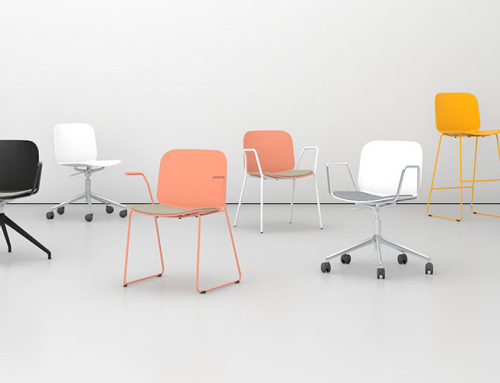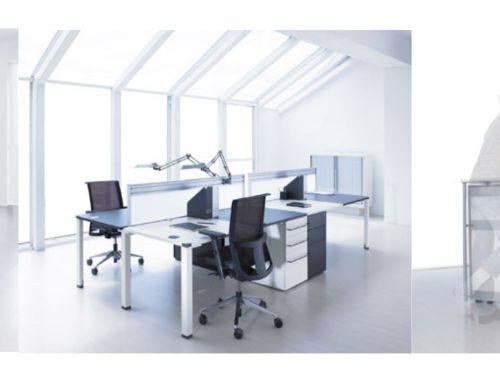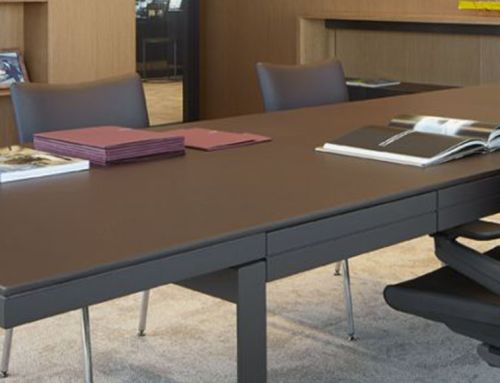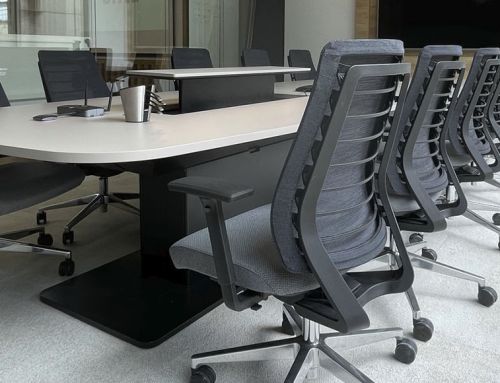What is the most suitable posture for our health: working standing or sitting? The excessive sedentary lifestyle associated with office work and / or teleworking leads to a series of health problems, from obesity to diabetes or musculoskeletal injuries.
Fighting it is one of the biggest public health concerns today. In this sense, there are many companies and many employees in their homes who are betting on the practice of working standing part of their day. Now, working standing up is not positive if it is abused, if you spend the whole day on your feet it will be harmful. It can have disadvantages, especially in the cases of those people who do not have enough physical activity, since they can suffer muscle overload. It can also be counterproductive for those who suffer from circulatory problems, such as varicose veins, tired legs or fluid retention in the lower limbs.
Alternating standing and sitting improves employee health and productivity by 65%
For this reason, companies must ensure that our professional activity can be carried out in the most comfortable and healthy way possible.
Work on your feet for part of the day
The best thing to do is to opt for a mixed option that opts for ergonomic workstations and for incorporating lift-up tables -such as Ofita’s Multilevel desk- that allow you to work both standing and sitting and easily change your posture at different times during the working day.
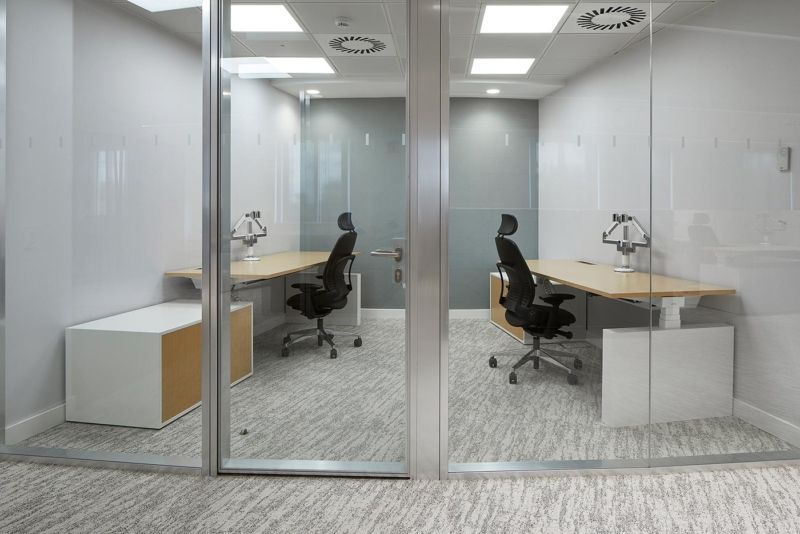
Multilevel
Advantages of standing up
Working alternately standing and sitting translates into workers or teleworkers 70% more concentrated, 65% more productive and 35% less stressed. Also, significantly healthier employees. The advantages of this mixed formula for our health are summarized in a lower risk of obesity thanks to a higher calorie burn. In addition, unlike what happens with people who spend their eight hours of work sitting, those who also work standing strengthen the back and muscles of the legs and buttocks.
The first step is to get up. The second, learning to get up more frequently and the third, having a lift table to work both standing and sitting, in the office or / and at home.
To these two benefits are added the following advantages for our health: Reduction of the risk of diabetes and other metabolic problems; lower risk of cardiovascular disease; lower risk of cancer and a long-term decrease in mortality risk.
Standing work tips
The first and most important piece of advice is the one we have already mentioned: alternate working standing up and working sitting down. The solution is not to sit for eight hours at work and then go to the gym afterwards, because the negative effects of excessive sedentary lifestyle cannot be counteracted by brief bouts of exercise. The answer is the combination of postures during the day. A good formula is, for example, to work 35 minutes sitting and 35 minutes standing.
The second tip: choose the right position according to the moment and the activity. We can, for example, work seated on individual tasks that require greater concentration and do it standing up to share as a team. The third recommendation would be to have a lifting table, which allows us both positions in our own workplace. The best option is the Multilevel model . Why?
Multilevel, the lifting desk that takes care of our health
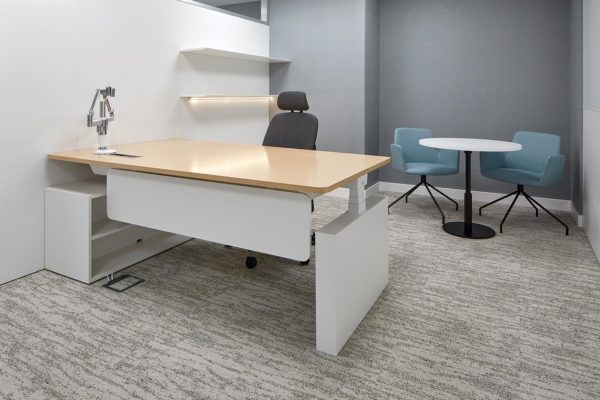
Multilevel is a lifting desk, tailored to each person and activity, which helps us take care of our health while we work. Each person can adjust the height of their table independently, simply and intuitively, with programmable controls, and thus adopt the healthiest posture for each moment and work dynamics.
Table height for standing work
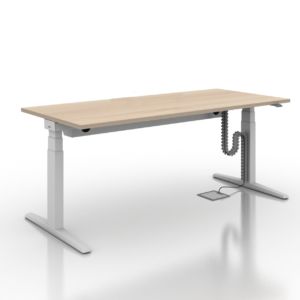 At this point, you may wonder: what is the best table height for standing work? It will depend on the height of each employee, as ergonomics teaches us, which underlines that to be healthy, furniture must adapt to each person and not the other way around. That is why a furniture with adjustable height is the best option for these cases.
At this point, you may wonder: what is the best table height for standing work? It will depend on the height of each employee, as ergonomics teaches us, which underlines that to be healthy, furniture must adapt to each person and not the other way around. That is why a furniture with adjustable height is the best option for these cases.
The height of the lift tables by Ofita ranges from 650 cm to 1250 cm.
Ergonomics and standing work
Working standing up can be tough if we do it for long hours and forcing the body, and therefore it is important that all workers have the greatest possible comfort.
Having a good posture is essential for ergonomics in the standing job, keeping your back upright. You must have enough space around to move, have a support table and it is also highly recommended to have a stool nearby to rest. Also important are aspects such as wearing appropriate footwear to work, and the surface on which the worker leans also influences; the harshest ones must be avoided.
Two last tips: take 2-minute micro breaks and acquire healthy habits at the office, as we recalled in this post.

